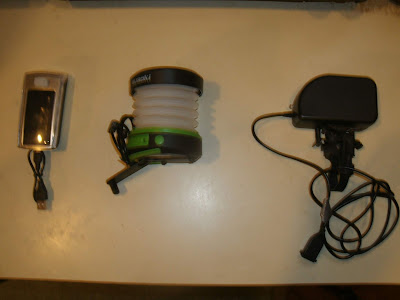Zero Carbon Race - The first STATE to achieve a NET ZERO CARBON ECONOMY with the BEST QUALITY OF LIFE WINS.
ECO360 - energy positive house in Tel Aviv
One DeLisle - Toronto tower with interesting structure that may (I’m not quite sure) offset all its energy through local district heating system
Online building carbon footprint tools
Editorial Comment: “[USA] GSA Carbon Footprint Tool Decommissioned Spring 2017”
Teenagers from Romania, India, Nepal, Bangladesh, and Norway design a building of the future combining energy and resource efficiency with vertical gardens
Ask This Old House visits a net zero community, Whisper Valley near Austin, TX - some units available for below market rates
19 cities commit to net zero carbon buildings by 2030
Sustainable City Dubai - "a working model of what the future could look like"
Editorial Comment: We need to think a little more about what the future could look like
Net Zero Carbon Buildings Commitment - 38 signatories made up of 12 businesses, 22 cities, and four states and regions from around the world at the Global Climate Action Summit in SF: "All buildings within direct control of the organisation to operate at net zero carbon by 2030, and all buildings by 2050"
Chinese concept net zero house
This Old House building a net zero house in Jamestown, RI
ZNE Living in Mid-Coast Maine in Falmouth, ME - NESEA tour on Friday, November 9, 2018

















